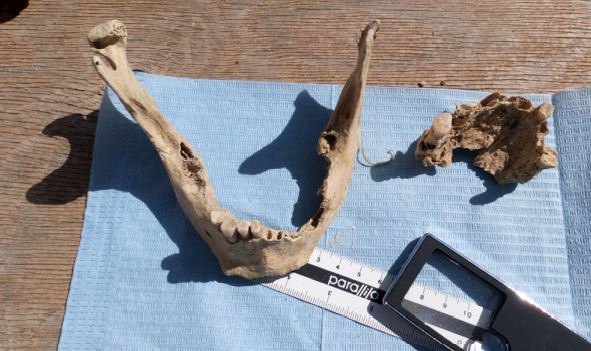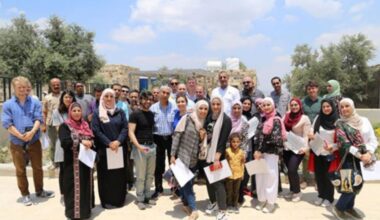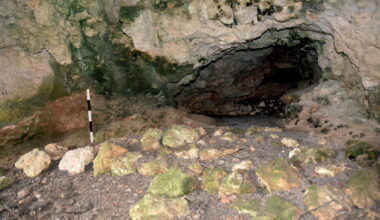Project summary
The purpose of the travel grant was to travel to Cyprus to study and record the dental remains from samples ranging from the Chalcolithic until the end of the Bronze Age. The collection of these data regarding the presence/absence of dental morphological traits will be used and tested statistically to address the question of continuity between the Cypriot populations. Dental approach in biodistance studies in Cyprus has only been applied once in the past and advanced statistical methodology has never been utilised before. The current study is aiming to examine biological continuity of the Cypriot population using dental data and the most recent statistical tests providing an alternative and unique so far approach in studying Cyprus prehistory.
Project details
Location: Cyrpus
Year(s): 2020
Project director(s): Christos Papadopoulos
Lead institutions and funding:
- CBRL
Project description
This research was based on the recording and the evaluation of the presence/absence of non-metric dental traits in Cypriot samples from the Chalcolithic period until the end of the Late Bronze Age (LBA).
The dental morphology, being under strong genetic control, was used as a proxy for genetic data to evaluate the biological continuity of the Cypriot population. Given the key feature of the discontinuity in Cypriot prehistory during the transitional phases (abandonment of settlements, new architecture forms, advances in technology, different mortuary practices, changes in material culture) the study aimed to test the hypothesis of the arrival of new populations from the neighbouring Anatolia, Levant and Aegean areas.
The examination of the skeletal remains was followed by a robust statistical analysis to use the frequencies of the recorded dental traits. The results indicated an overall continuity of the population and pointed to a stable and unchanged composition of the Cyprus population from the Chalcolithic until the end of the LBA. Therefore, the outcome excluded the possibility of a mass migration event in this period.
It is necessary to stress the issue for caution in this interpretation. The inability of tooth morphology to provide an accurate reconstruction of the exact genetic relationships between populations, within the same broad region as common ancestry, may obscure people movements. However, the data showed strong similarities between the Cypriot samples sharing common frequencies of presence in most dental traits and a small variation when comparing with published results from neighbouring East Mediterranean populations.
Project bibliography
Papadopoulos, Christos. 2021. A biological distance analysis of the Cyprus population from Chalcolithic to Bronze Age. Bulletin of the Council for British Research in the Levant 2020, p 18.
Published:07 December 2021
















